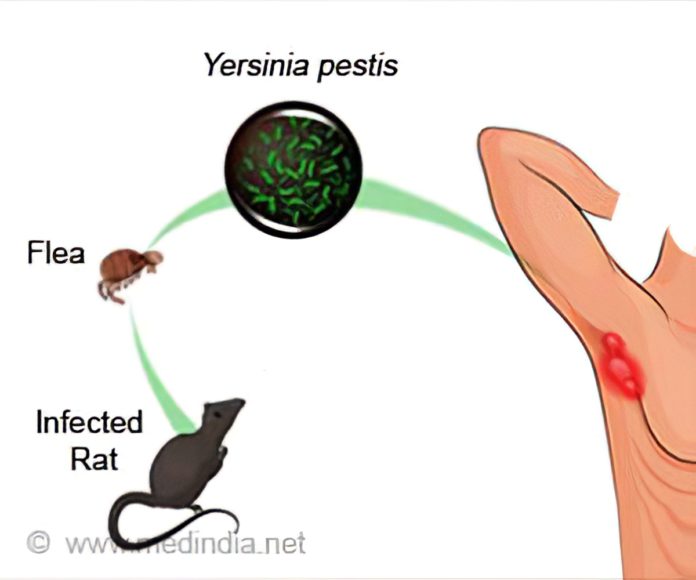Widely known as the “Black Death,” the disease that killed 50 million people in Europe's Middle Ages, bubonic plague is still with us — although cases are relatively rare.
Causes and Risk Factors of Bubonic Plague
Bubonic plague is caused by Y. pestis, a bacteria transmitted to humans through fleas that have been infected by animals such as rats, mice, squirrels, rabbits, chipmunks, and prairie dogs. Rodents are the main carriers of the bacteria.
Y. pestis can also enter your body if your skin is broken and you come into contact with an infected animal’s blood. The risk of contracting bubonic plague is very low, but it can increase depending on where you live, what you do for a living, and your recreational pastimes.
Duration of Bubonic Plague
Prognosis of Bubonic Plague
Treatment and Medication Options for Bubonic Plague
Bubonic plague can rapidly get worse and become life-threatening, so your doctor will begin treatment immediately after your diagnosis. The condition requires hospitalization, and if you contract pneumonic plague, you will be isolated in a private room to prevent person-to-person spread.
Medication Options
Bubonic plague can usually be successfully treated with various antibiotics:
- Garamycin (gentamicin)
- Levaquin (levofloxacin)
- Cipro (Ciprofloxacin)
- Vibramycin (doxycycline)
- Vigamox (moxifloxacin)
- Chloramphenicol
Prevention of Bubonic Plague
Unfortunately, there is no vaccine available to protect you from bubonic plague. If you think you’ve been exposed to it, antibiotics can be taken to prevent infection.
- Rodent-proof your home. Get rid of areas where rodents may nest, such as piles of brush and firewood. Avoid leaving food where rodents can access it.
- Wear gloves. If you must handle a potentially infected animal, wear gloves to prevent contact between your skin and the bacteria.
- Use insect repellent. DEET-containing products can protect you from rodent fleas when you’re hiking, camping, or working outdoors.
- Keep pets flea-free. Apply flea-control products to your pets regularly.
Research and Statistics: Who Has Bubonic Plague
Related Conditions and Causes of Bubonic Plague
In rare cases, bubonic plague may cause meningitis, a condition in which the membranes surrounding your brain and spinal cord become infected and start to swell. Symptoms include a headache, fever, and stiff neck. Immediate treatment with antibiotics can prevent serious complications.
Resources We Love
The CDC has detailed and up-to-date information on this and other rare diseases.
With additional reporting by Carlene Bauer.
Editorial Sources and Fact-Checking
References
Plague. World Health Organization.
Plague. Mayo Clinic. February 5, 2019.
Frequently Asked Questions. Centers for Disease Control and Prevention. November 26, 2019.
Maps and Statistics: Plague in the United States. Centers for Disease Control and Prevention. November 25, 2019.
Kugeler KJ, Staples JE, Hinckley AF, et al. Epidemiology of Human Plague in the United States, 1900–2012. Emerging Infectious Diseases. January 2015.
Protect Yourself From Plague. Centers for Disease Control and Prevention.
Plague. MedlinePlus. November 3, 2020.
Plague (Yersinia Pestis). Harvard Health Publishing. December 2018.
Dillard RL, Juergens AL. Plague. StatPearls. August 10, 2020.
Sources
Bush LM, Vazquez-Pertejo MT. Plague and Other Yersinia Infections. Merck Manual Professional Version. February 2020.













































